Fees for registering The republic of korea trademarks
Service Process
Trademark registration time
The current trademark regulations in South Korea are mainly based on the Trademark Law, which was promulgated in 1949 and revised on December 22, 2020. The Korean Intellectual Property Office is responsible for managing trademark affairs and the official language is Korean. Trademark exclusive rights need to be obtained through registration. Trademark registration is not mandatory, but in order to protect the trademark or renew it, it must be registered in accordance with the law. Korean trademark registration follows the principle of "application first", but if it is a well-known trademark in the country, it can still be protected even if it is not registered.
South Korea is a signatory to international intellectual property treaties such as the Paris Convention, the Trademark Law Treaty, and the WIPO Convention, and a member of the Madrid Protocol. Therefore, trademark registration can be handled through either the "single country registration" or the "Madrid International Registration" method.
Trademark Registration Process
Currently, South Korea adopts the Nice Classification 11th edition of product and service descriptions and accepts applications for multiple categories in one form. The elements that can be registered as trademarks in Korea include: text, name, graphics, color combinations, slogan, sound, smell, etc.
If the applicant does not reside in South Korea, they must entrust a specialized agent in their home country to handle the matter. The basic materials required for trademark application are:
1. Trademark design;
2. Specific categories and product/service items;
3. Name and address of the applicant;
4. Power of attorney;
5.If priority is declared, priority proof documents and corresponding Korean translations must be provided.
The main process of applying for registration of a Korean trademark is: application acceptance examination announcement approval issuance. The application will be accepted about one week after submission, and the examiner will conduct formal and substantive examinations on the application. Formal review mainly examines whether the application requirements and classification information comply with regulations; The substantive examination includes the examination of the distinctiveness of the trademark, whether it violates the prohibition and prohibition clauses, and whether it conflicts with the prior trademark. If the examination fails, a rejection notice will be issued and the applicant will be required to respond within the time limit specified in the rejection notice. If the substantive examination passes, it will be arranged for public announcement.
Two months from the announcement date is the objection period, during which any interested party or prior rights holder may raise objections. The main reasons for raising objections are:
1. Conflict with prior trademarks, such as owning a prior registered trademark;
2. The trademark lacks distinctiveness;
3. The trademark has adverse effects;
4. Malicious registration;
5. The trademark is a geographical name;
6. Conflict with other prior rights, such as trade name rights, design rights, copyrights, personal names, etc.
If there are no objections or objections are not valid during the announcement period, registration can be approved and a registration certificate can be issued. In a smooth situation, trademark registration in South Korea takes about 12 months; If there are any objections or rejections during the process, the time will be extended and may take more than 2 years.
Trademark registration materials
The Korean trademark is valid for 10 years after registration, starting from the date of registration; Renewal can be processed within 12 months before the expiration date, with a grace period of 6 months; The renewal is valid for 10 years.
The invalidation or revocation application after trademark registration can generally be filed based on the following reasons:
If a trademark is not actually used in that country for three consecutive years after registration, anyone may apply for revocation; Except for force majeure.
2. If an invalidation declaration is filed for the following reasons, it must be filed within 5 years from the date of trademark registration:
(1) Including the names, trade names, portraits, signatures, seals, nicknames, stage names, pen names, or abbreviations of famous individuals;
(2) Trademarks that are identical or similar to the previously registered trademarks;
(3) Trademarks that are identical or similar to other trademarks that are clearly known to consumers in the same or similar goods and services;
(4) Trademarks that are identical or similar to the geographical indications of wine and spirits produced in WTO member countries, or use trademarks containing address marks on wine and spirits products.
3. An application for revocation may be filed at any time after the trademark registration for the following reasons:
(1) Inappropriate use by trademark owners;
(2) The trademark owner's trademark has been maliciously registered by their distributor or agent.
Start Your Trademark Business
Start Registration
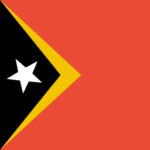
do not understand? Contact us
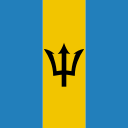
do not understand? Contact us
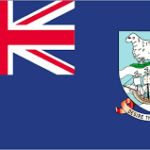
do not understand? Contact us
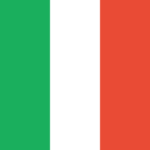
do not understand? Contact us
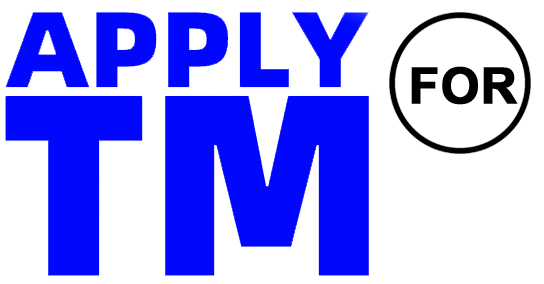

 The republic of korea
The republic of korea